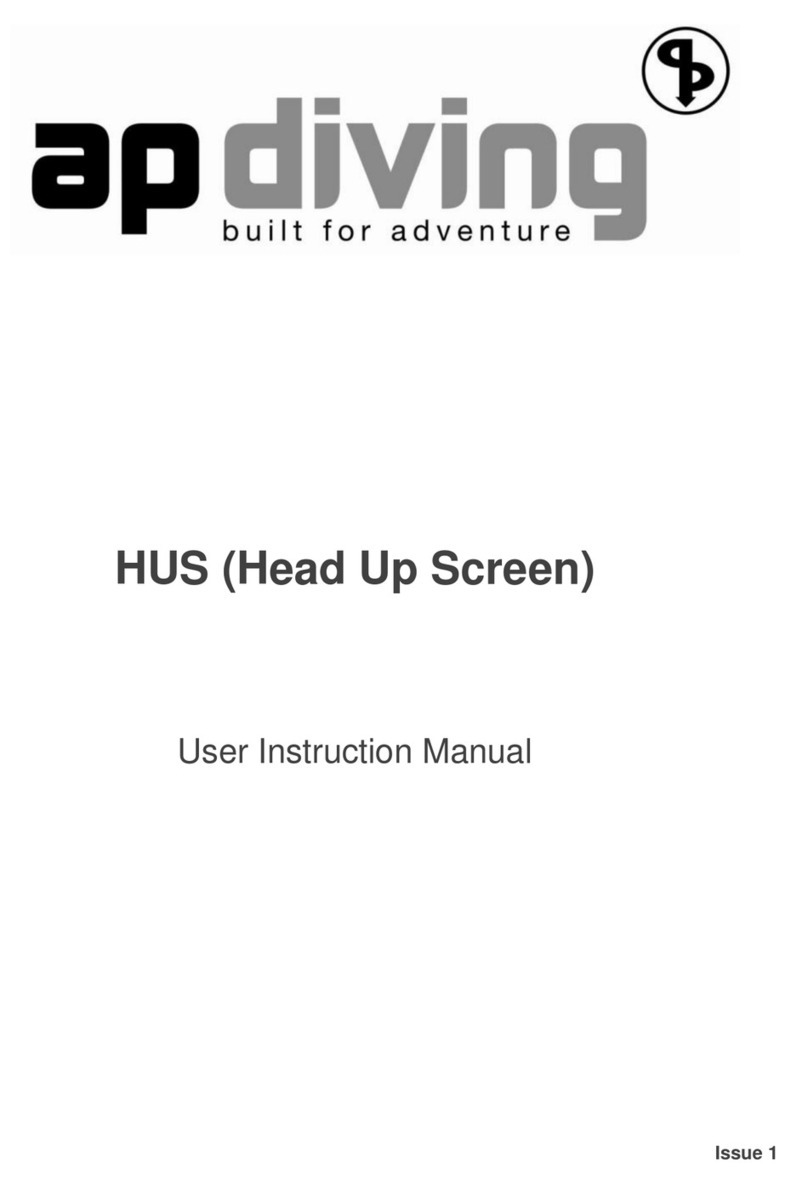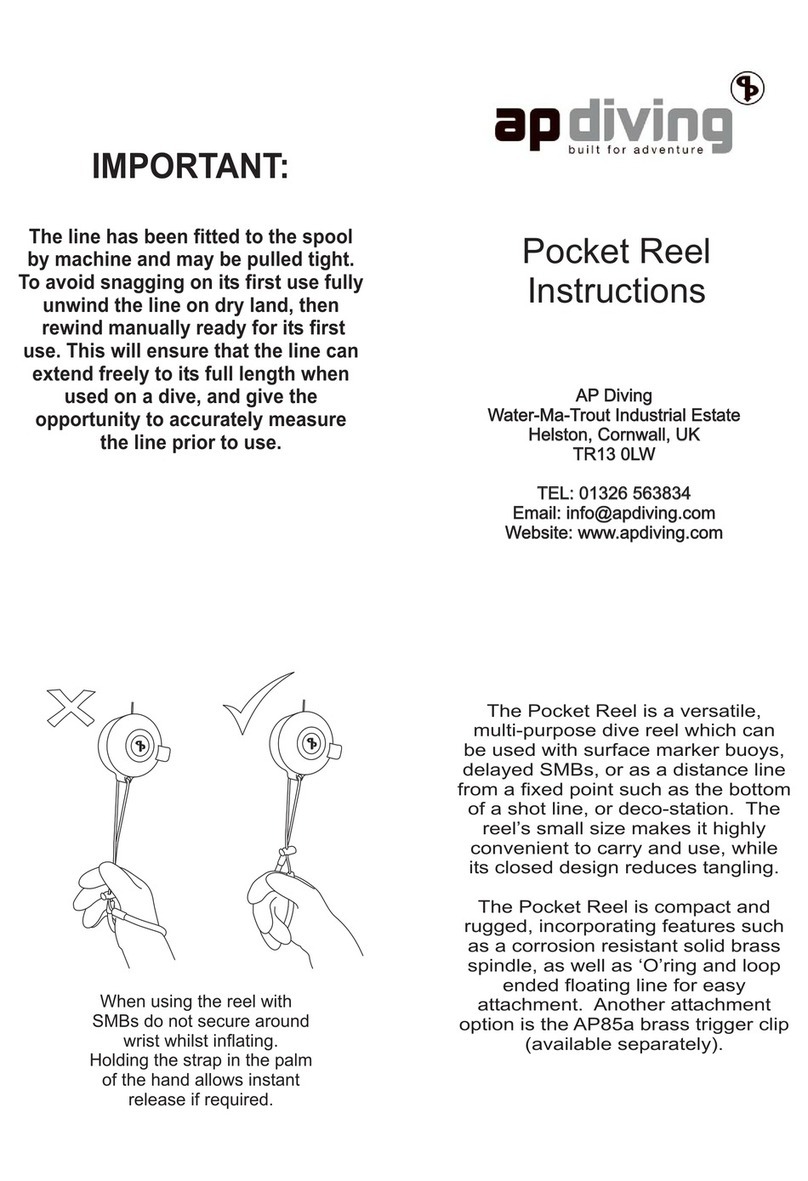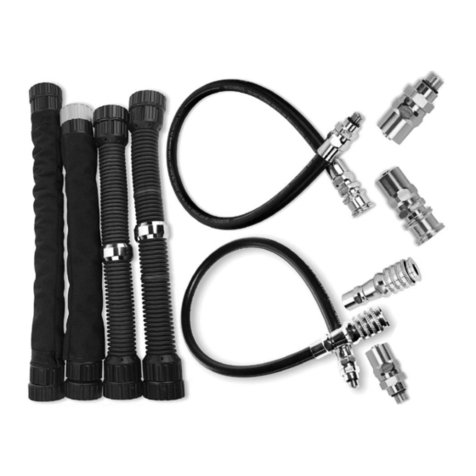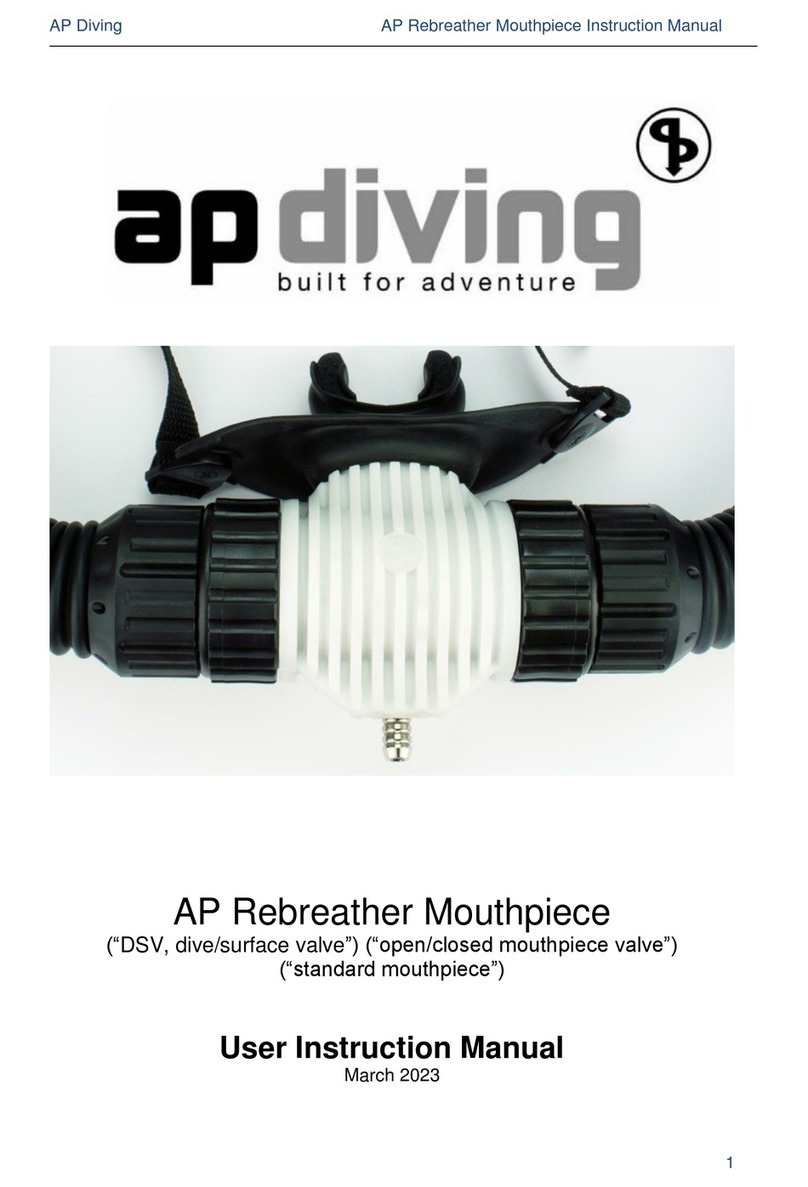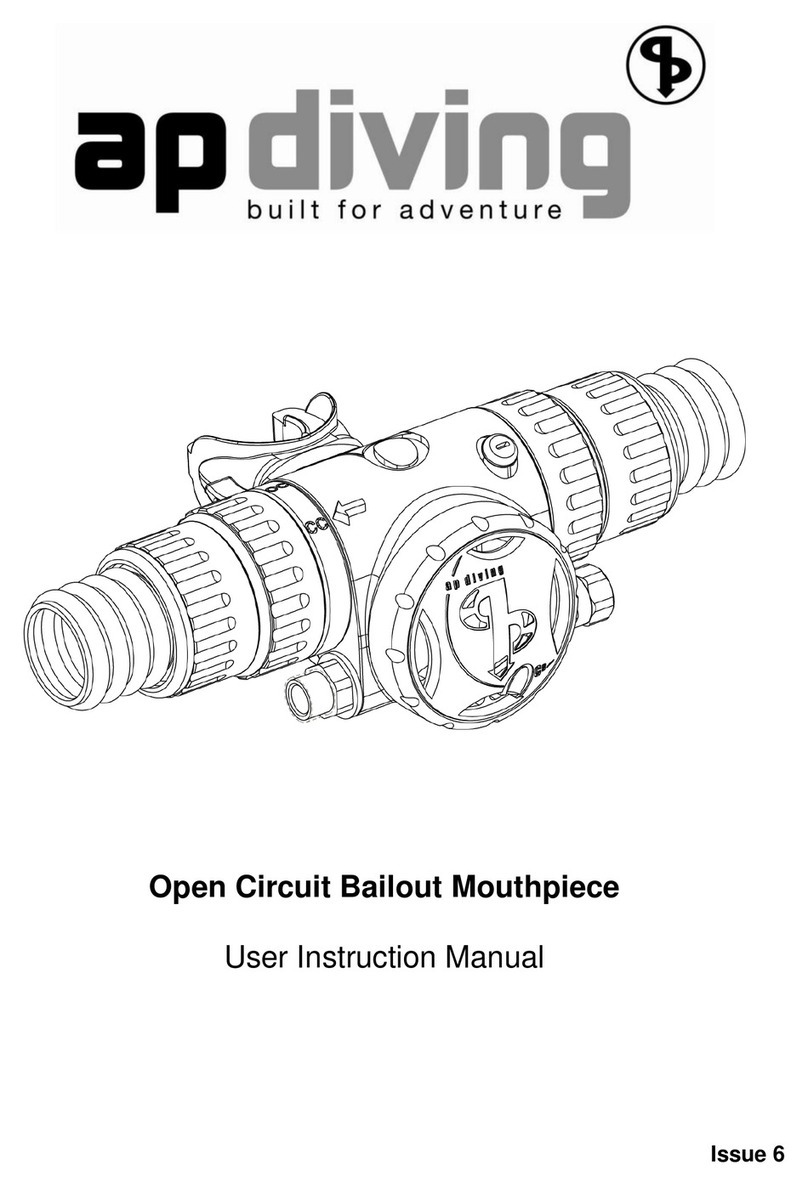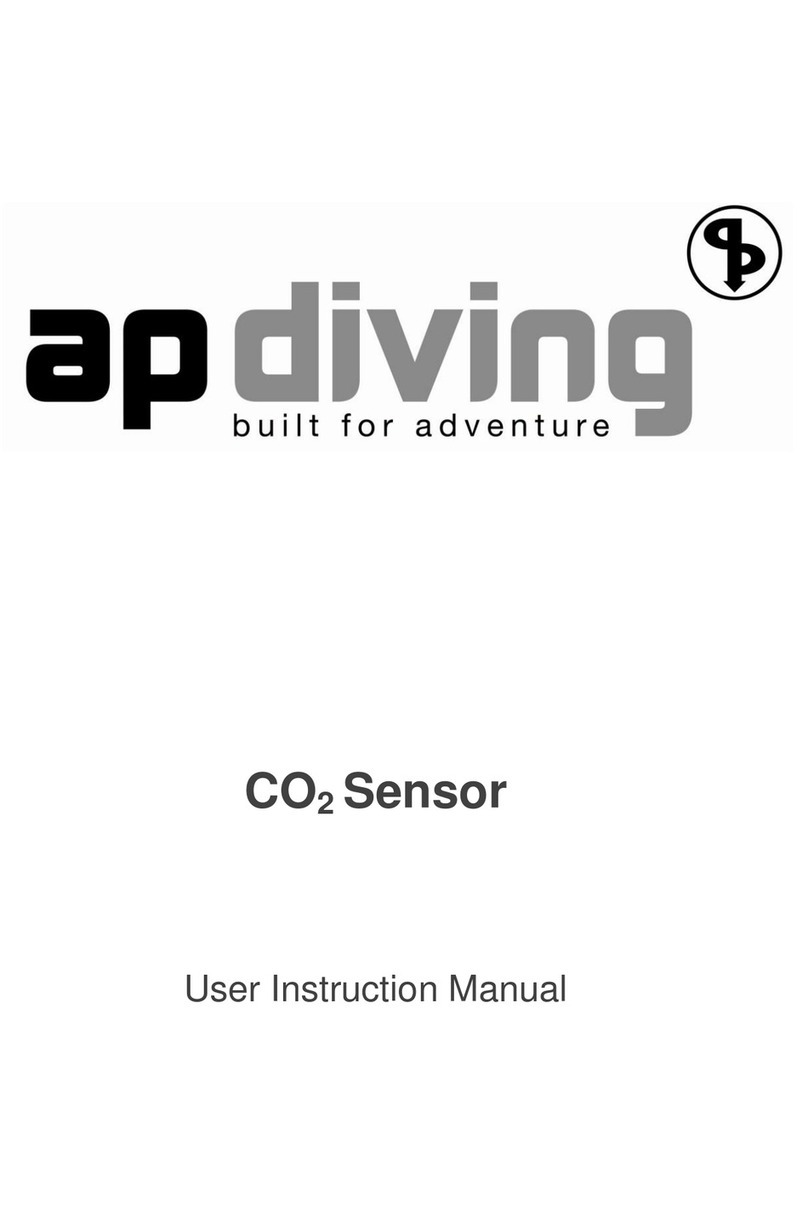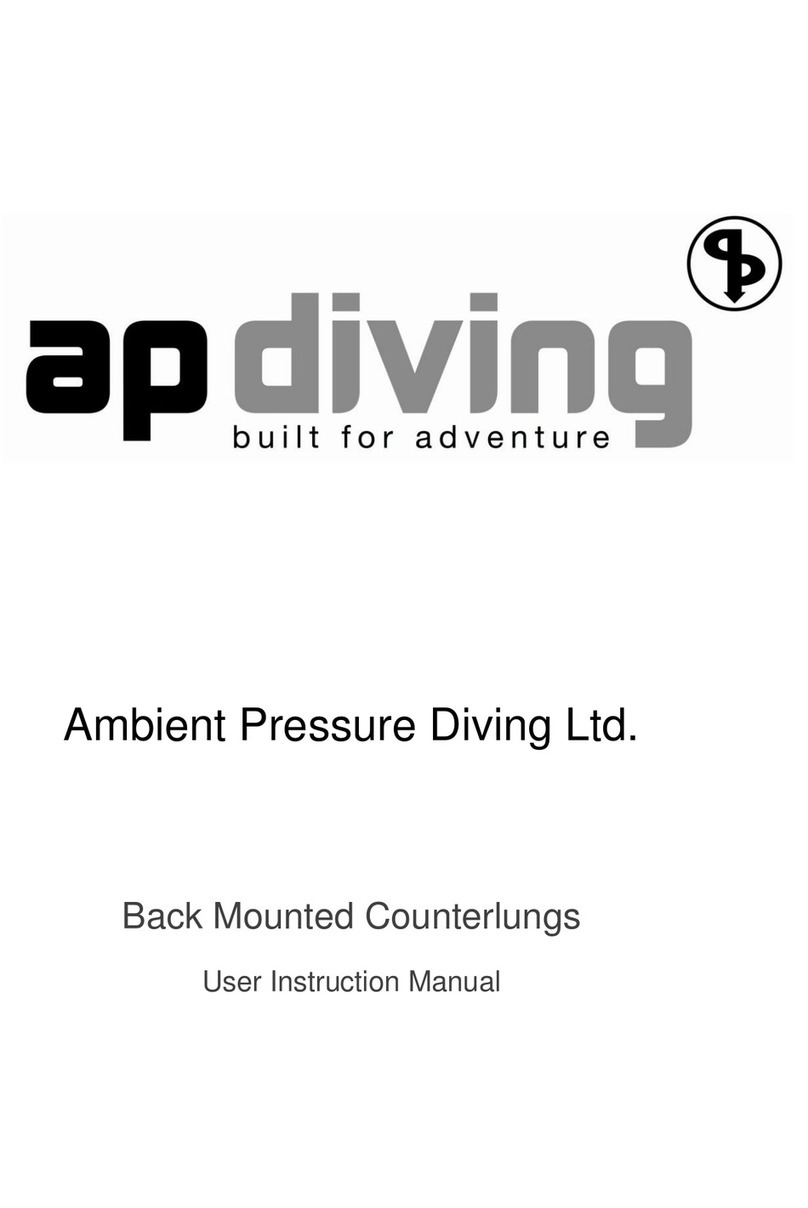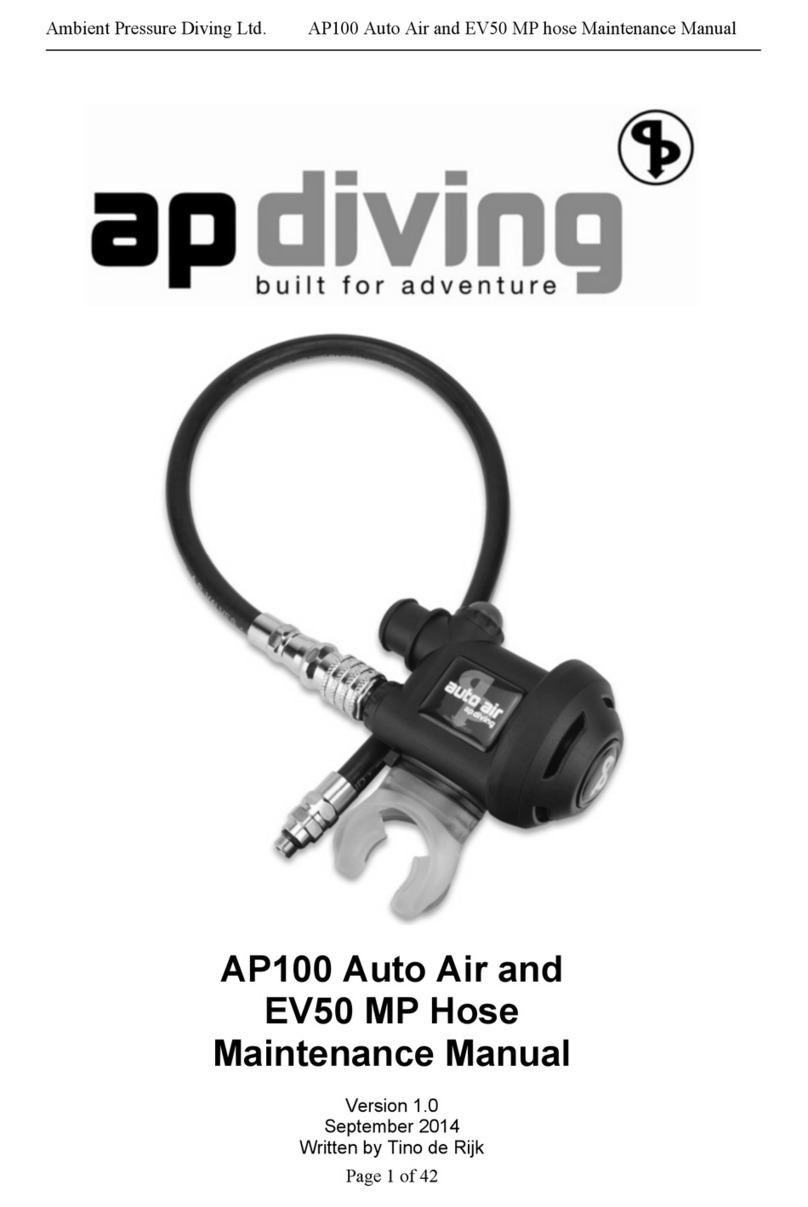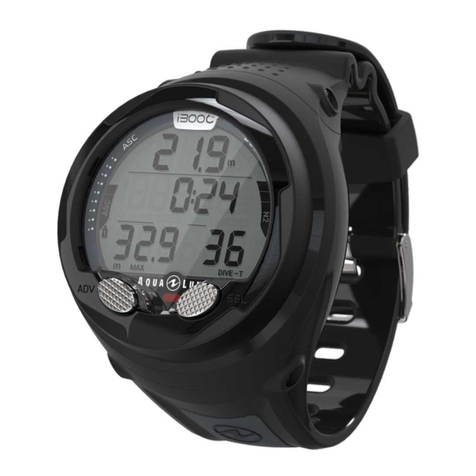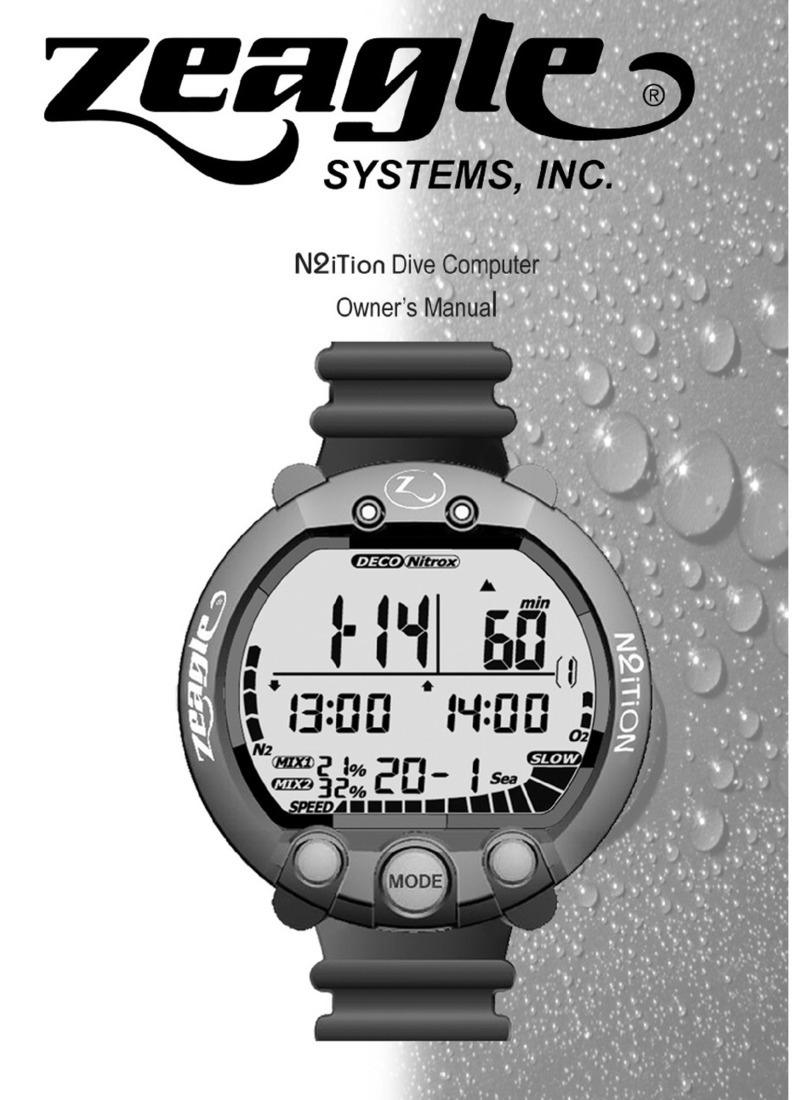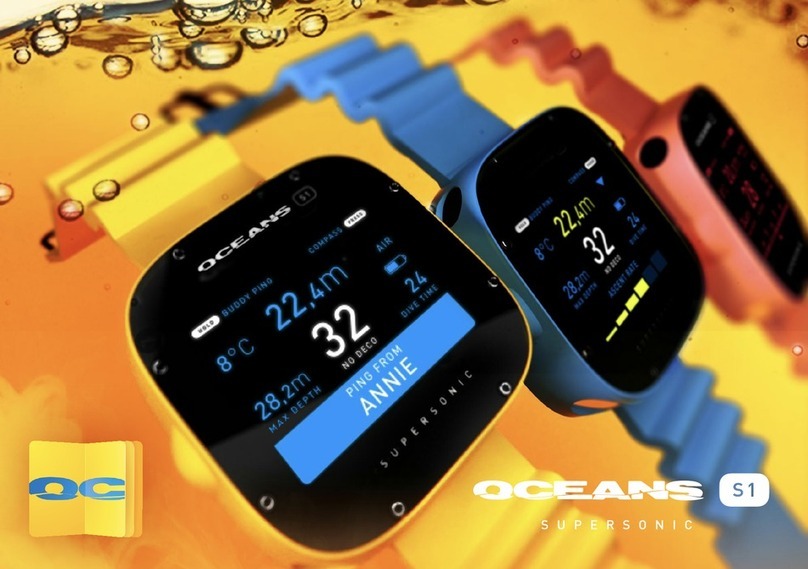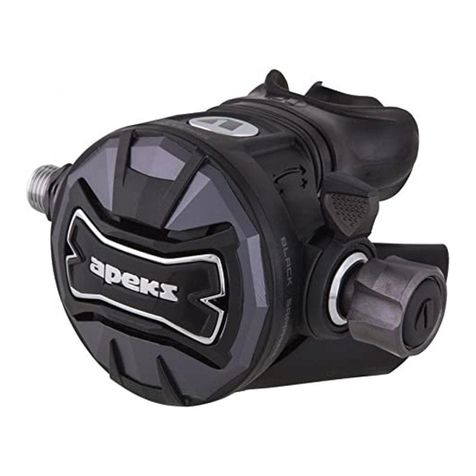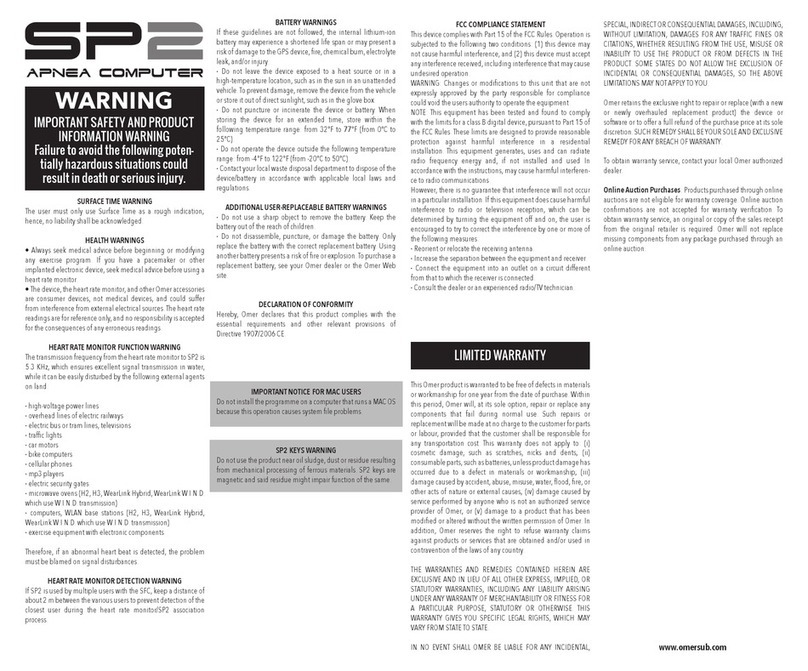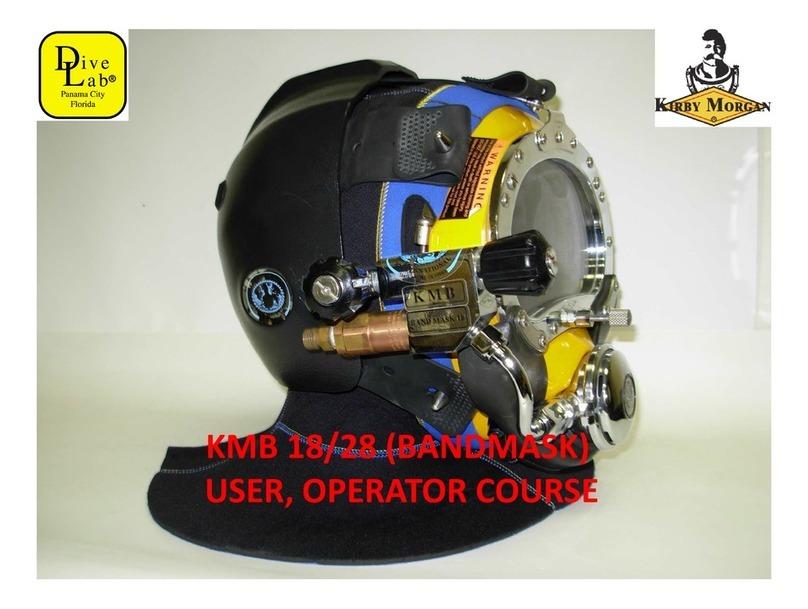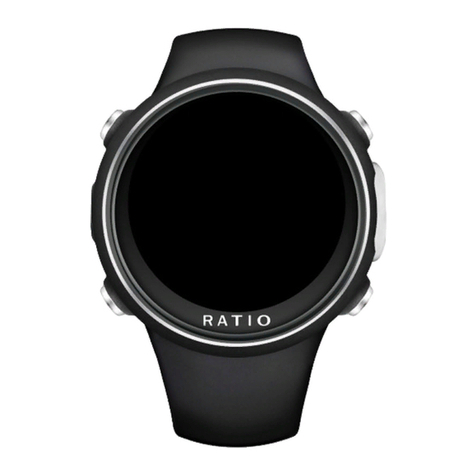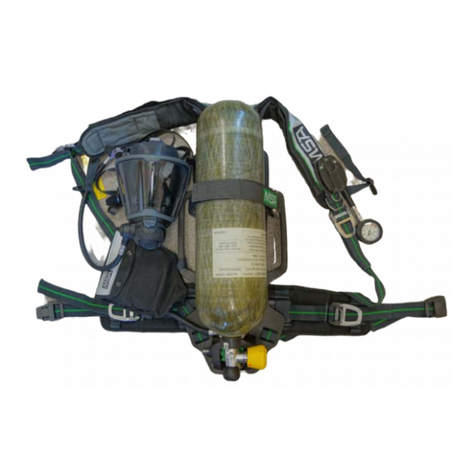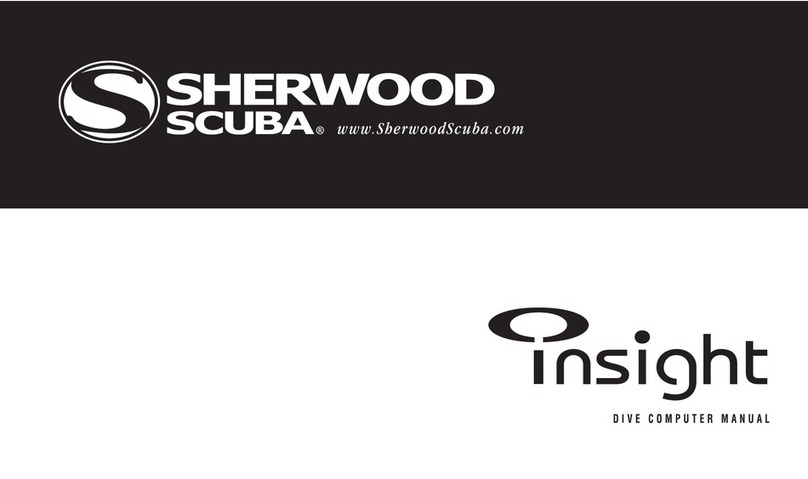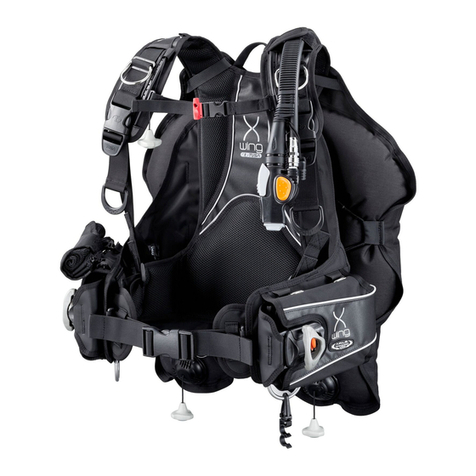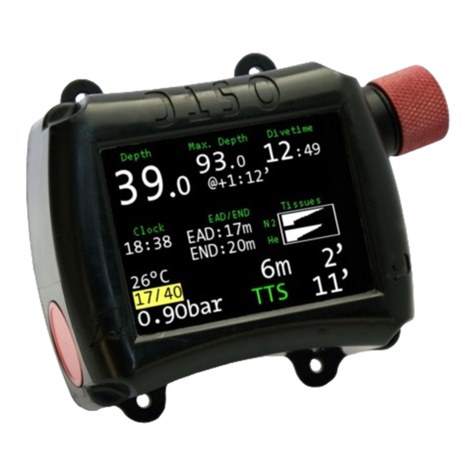2 |Page Escape
Contents
Important Information ...................................................................................... 3!
Intended Use ..................................................................................................... 4!
Introduction ....................................................................................................... 4!
Equipment Stowage ......................................................................................... 6!
Zip Pockets ......................................................................................................... 6!
Surface Trim & Weighting................................................................................ 6!
Cylinder Mounting Options.............................................................................. 7!
Mounting Cylinders .......................................................................................... 8!
Pre Dive Inspection ........................................................................................ 10!
Donning the BCD ............................................................................................ 11!
Buoyancy Control........................................................................................... 11!
Inflating the BCD............................................................................................... 11!
Power Inflator............................................................................................ 11!
Oral Inflation.............................................................................................. 12!
Deflating the BCD ............................................................................................. 12!
Dump Valves............................................................................................. 12!
Elbow Dump.............................................................................................. 13!
Power Inflator Dump ................................................................................. 13!
Post-Dive Maintenance .................................................................................. 13!
Storage ............................................................................................................ 14!
Technical Information .................................................................................... 14!
Sizing & Buoyancy .................................................................................... 14!
BCD Operating Temperature Range ........................................................ 15!
Direct Feed Inflator Hose Supply Pressure............................................... 15!
BCD Shelf Life .......................................................................................... 15!
Warranty .......................................................................................................... 15!
